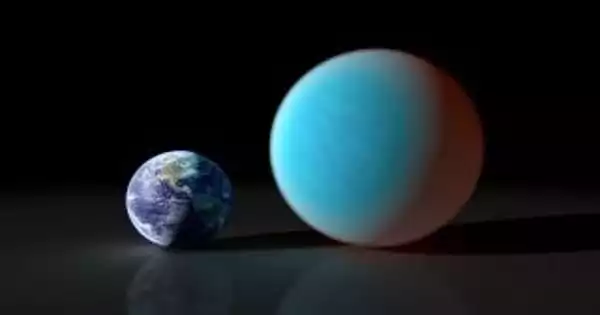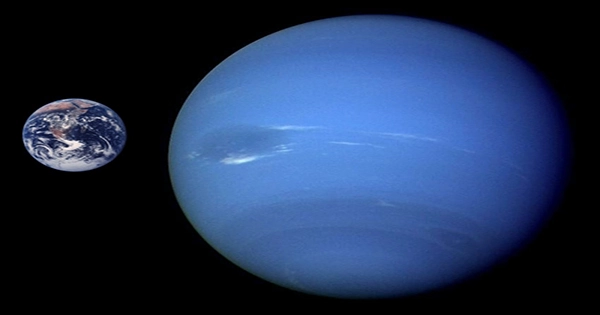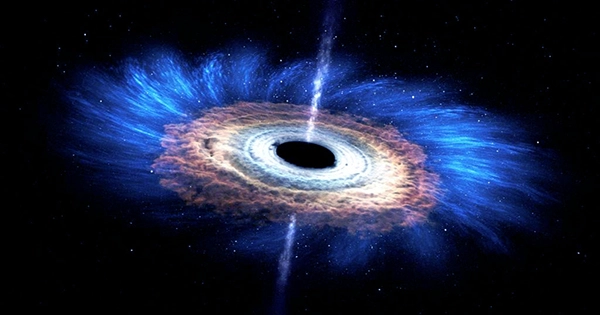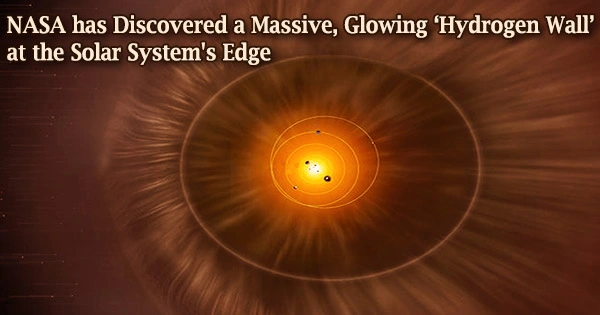HAT-P-3b is a gas giant exoplanet in the habitable zone of a K-type star. It is an extrasolar planet that orbits the star HAT-P-3 in the constellation Ursa Major, about 450 light-years away. It has a mass of 0.65 Jupiters, takes 2.9 days to complete one orbit around its star, and is 0.03866 AU away from it.
HAT-P-3 is a metal-rich K5 dwarf star located in the constellation Ursa Major about 441 light-years away. It is not visible to the naked eye at a magnitude of about 11.5 but is visible in a small to a medium-sized amateur telescope. It is thought to be a young star with a slightly increased level of chromospheric activity.
HAT-P-3b was discovered by the HATNet Project using the transit method and confirmed with Doppler spectroscopy, so its mass and radius are well known. It was discovered in 2007 and was announced at the time. Based on these estimates, the planet’s core contains approximately 75 Earth masses of heavy elements, making it similar to the planet HD 149026 b.
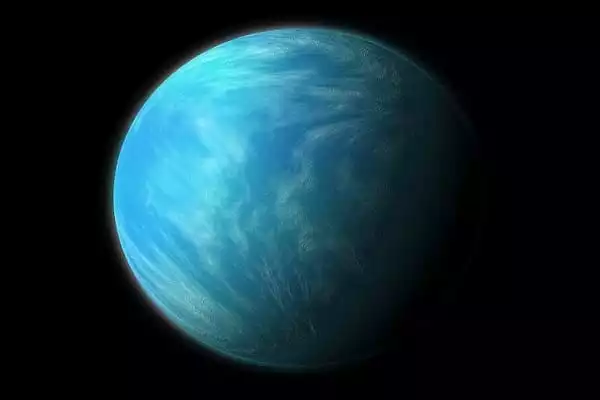
Teberda is the name of the planet HAT-P-3b. Russia chose the name as part of the NameExoWorlds campaign to commemorate the IAU’s 100th anniversary. Teberda is a mountain river located in the Dombay region (name of HAT-P-3).
In 2013, this planet was photometrically observed by Spitzer Space Telescope which characterized its near-zero eccentricity and low albedo.
Discovery
The HATNet Project announced in 2007 the discovery of HAT-P-3b, a metal-rich early K dwarf star with an orbital period of 2.9 days, transiting the metal-rich early K dwarf star HAT-P-3. It was discovered using the 11 cm aperture HAT-5 telescope at Arizona’s Fred Lawrence Whipple Observatory on Mount Hopkins. Follow-up radial velocity observations with the 1.5 m Tillinghast reflector were made to confirm the planet and rule out the possibility that the observed decrease in brightness was caused by an eclipsing binary. The planet’s mass and orbital parameters were measured using the HIRES spectrograph at the W. M. Keck Observatory for final confirmation.
Its planet, HAT-P-3b, orbits at a blistering 0.03894 AU and appears to be about 60% the mass of Jupiter, with a radius nearly 90% that of Jupiter. The metal content of the host star supports the theory that the radius is consistent with a core of heavy metals of about 75 Earth masses.
